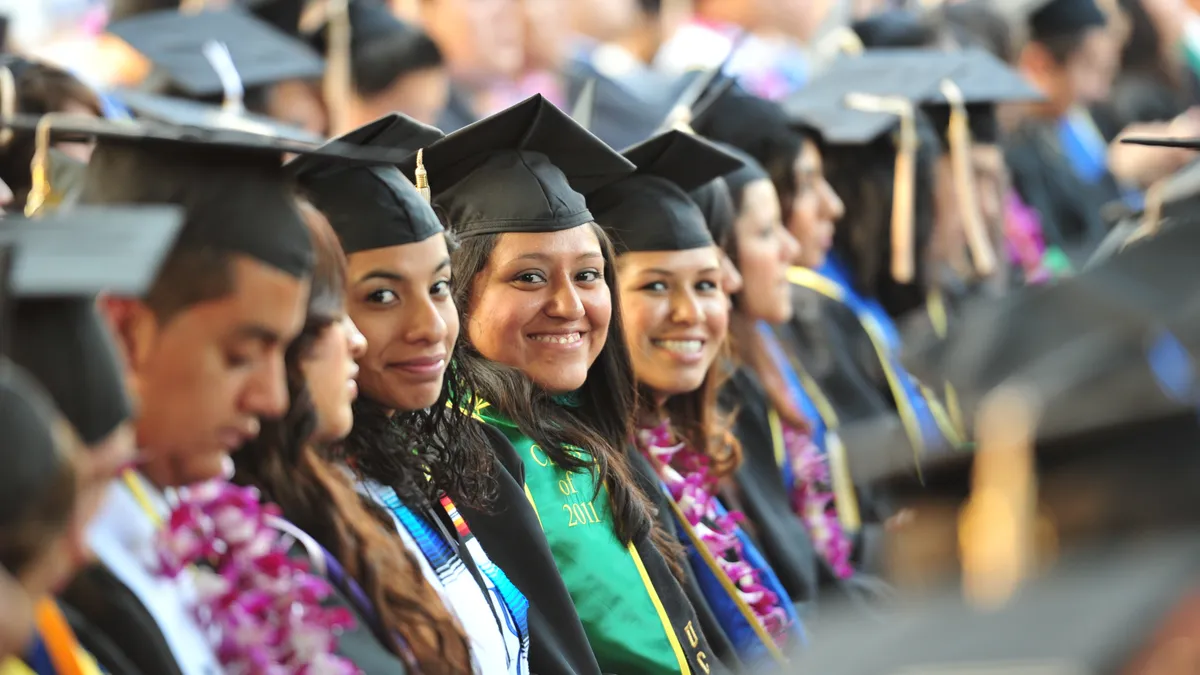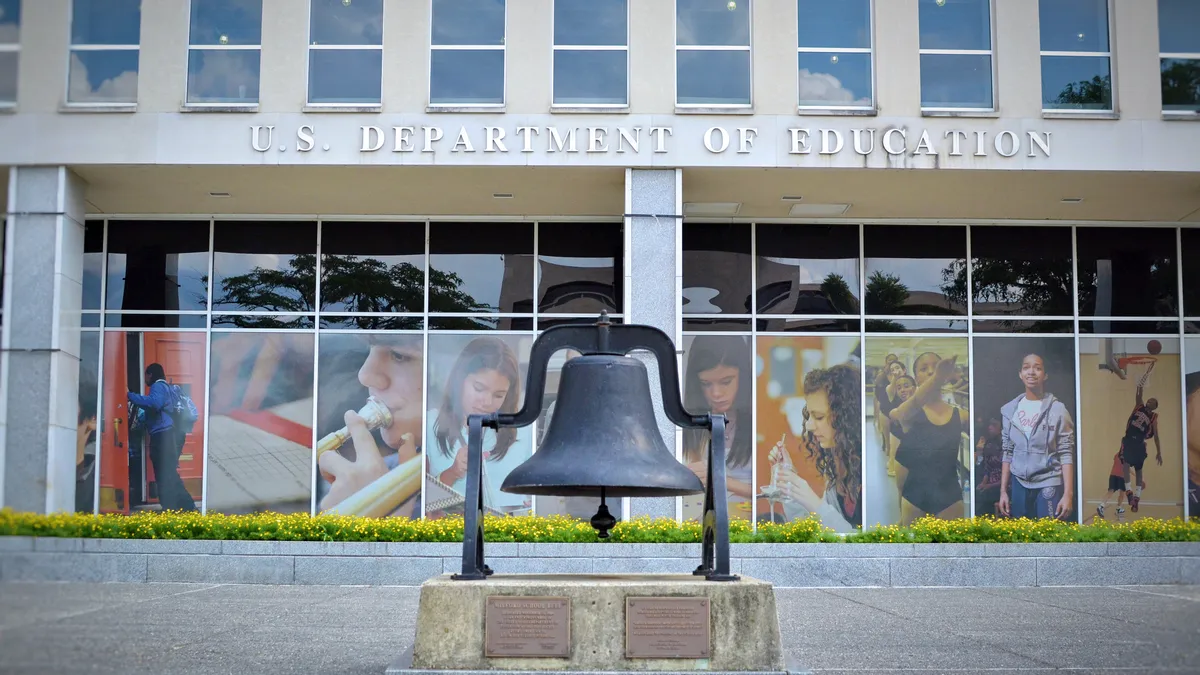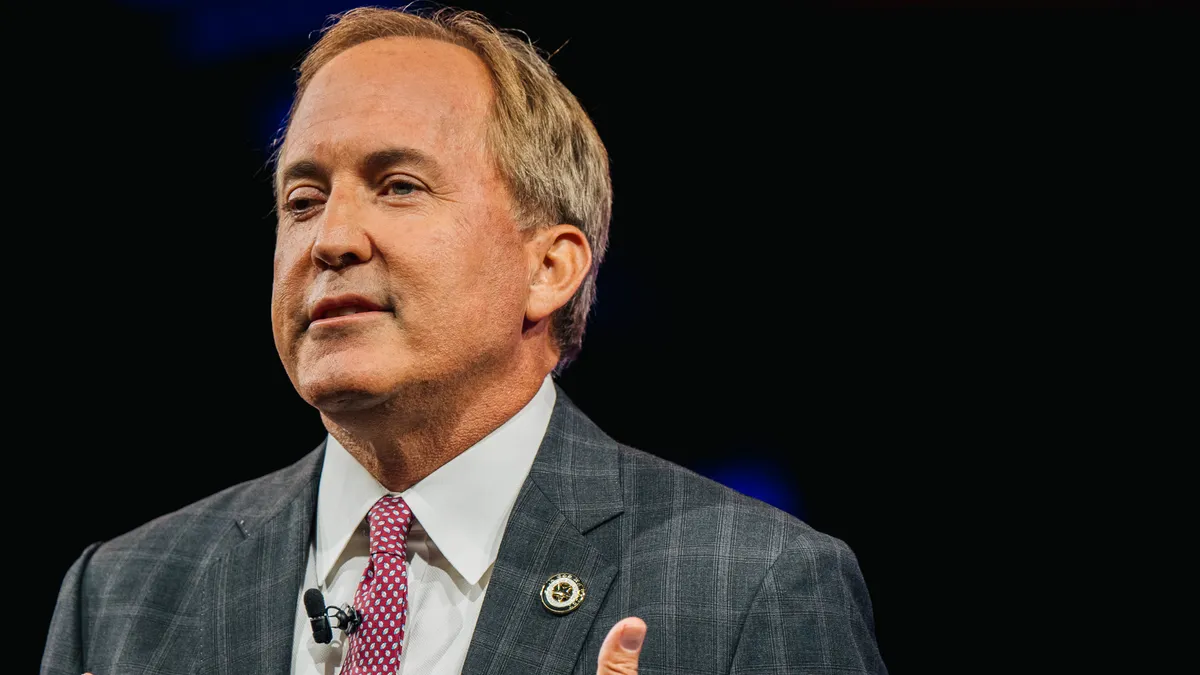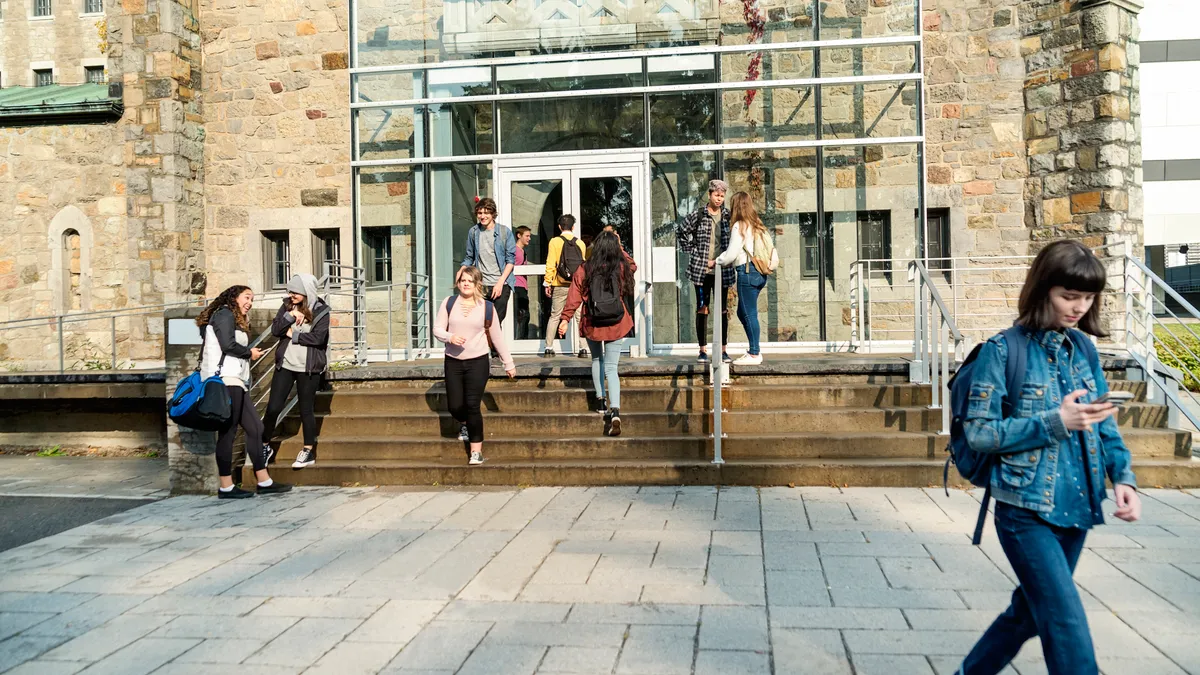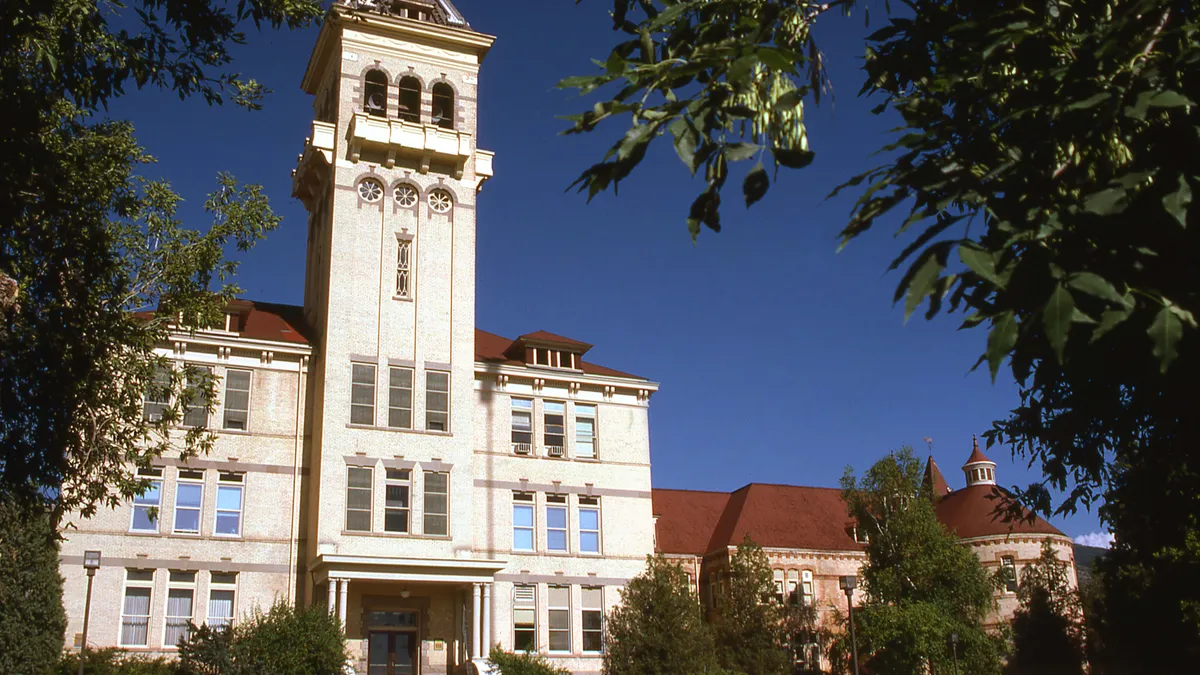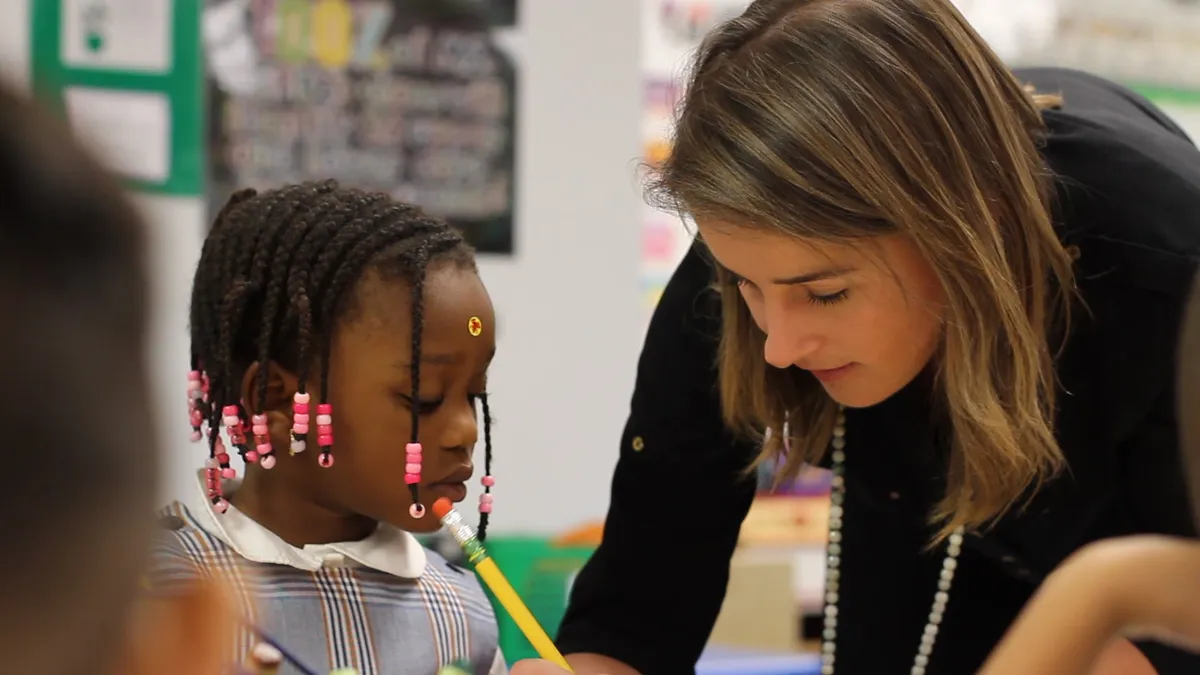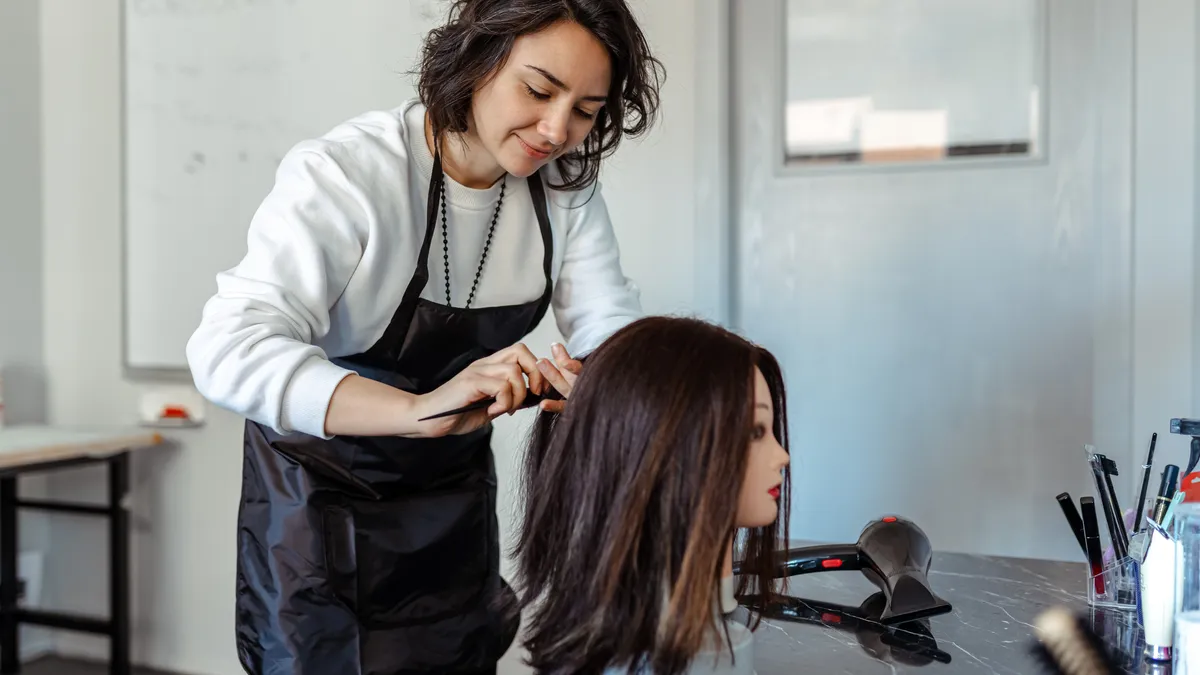Editor’s note: Carolyn Stefanco is the president of The College of Saint Rose, in Albany, New York.
I am an unlikely leader. As a first-generation college student and a woman who came of age in an era when the feminist movement was just beginning to challenge long-held assumptions about gender roles, I somehow managed to become a college president.
In high school, I had seriously considered secretarial school. Due to the encouragement of a female social studies teacher, however, I enrolled in college. There I discovered women's studies, and a new lens through which to view my life.
I began to discern a pattern of educational discrimination that explained some of my personal experiences, such as when my male high school math teacher laughed and told me I would be a "cute ski bunny" when I shared my plans to attend the University of Colorado. I also discovered historical forces that helped me to understand my mother's predicament, and how she ended up with no education beyond high school and in a poorly paid retail job.
I took full advantage of every opportunity to learn about women through coursework, lectures, study groups and volunteer roles in the women's studies office, but it was not until my senior year that I reconsidered my original ambition to become a high school teacher. Faculty, administrators and staff urged me, instead, to pursue graduate study in the field of women's history, which, at that time, was brand new at the doctoral level.
With the support of many people, including a visiting faculty member, who honored her commitment to meet me in the university cafeteria to revise my graduate school essays despite just learning that her father had died, I conquered my fears and submitted my applications. I was thrilled to be offered a full scholarship to Binghamton University, where I completed a master's degree. I then attended Duke University for my doctorate.
Like many women, I experienced gender bias and sexual harassment throughout my studies, and continuing into my years as a tenure-track and tenured professor. What enabled me to persist, and to eventually rise through the ranks of higher education administration, was a fierce commitment to lead change so that others who have been denied access, opportunity and advancement could realize their potential.
As a woman president, I have an amazing platform to help today's women students become tomorrow's higher education leaders, and to participate in national efforts to advance women's equality, such as the American Council on Education's Moving the Needle initiative.
How can we achieve parity for women in higher ed leadership positions? Here are my four priorities, each of which focuses on creating educational equality and developing the next generation of women leaders.
Ensure that all students learn about women's history and remaining barriers to equality
While this can be accomplished through specialized women's studies offerings, and research and publication about women, we must also integrate content, theory and perspectives about women into the mainstream curriculum. We will reach all students if this becomes part of the general education programs that are required to complete undergraduate degrees in the U.S. Then, hopefully, when students confront sexism and other forms of oppression, they will be able to take the first step toward empowerment by understanding their individual experience as part of a larger historical context.
Recognize that educational discrimination takes many forms
We must focus our efforts on the success of all our students, and especially those who find themselves disadvantaged by their gender, race or first-generation status. I distinctly remember being told by one of my graduate school professors that I would never earn an A in his class because women were incapable of doing high-level work in history.
While I no longer hear anyone in higher education make such obviously discriminatory statements, I do learn of occasions when some students, particularly women (and men) of color, are assumed to be less prepared for college and are believed to be less likely to succeed. To champion a student-centered approach at The College of Saint Rose, we created a division of student success and engagement, where cocurricular programs are designed to meet the needs of today's students, and to engage students as learners and as full members of our community.
Take action to open doors for women
Many people offered me advice and support over my educational and professional career, but those who made the biggest difference took action on my behalf. After beating the odds by finding a tenure-track faculty position, and gaining tenure and promotion, I was stunned when my provost told me that I needed more confidence and he was going to send me to Harvard for professional development. I replied that I was from New Jersey and had plenty of confidence! Yet when I arrived in Cambridge, Massachusetts, eight months later to begin the Management Development Program, I realized he had been right. By committing university resources to my professional development, he changed my life.
Teach women students about leadership
We must help women students gain the skills they need to lead. At Saint Rose, we do this through our signature leadership and learning experience for all first-year students; through our participation in the National Society of Leadership and Success; and through the BOLD Women's Leadership Network, where women student leaders receive additional training and financial support and engage in a network with other colleges. We will also soon launch a Women's Leadership Institute to teach women students about leadership and to provide professional development for women employees of our institution and in our region.
I often reflect on my journey and my responsibility to help other women. I relied on many women and men for support and encouragement and to open doors to new opportunities. While I know there is still much work to do, I am confident that, if we join together, we can achieve educational equity as well as parity in leadership by and for women.


